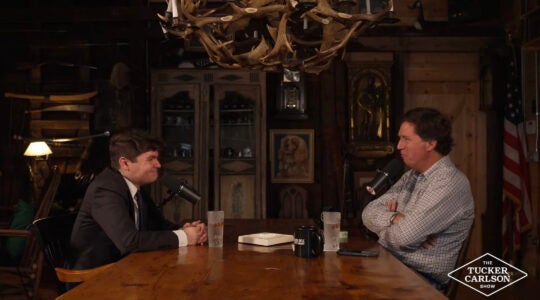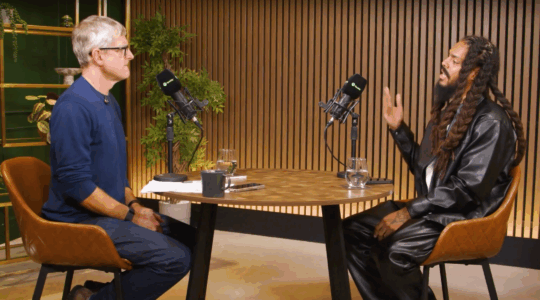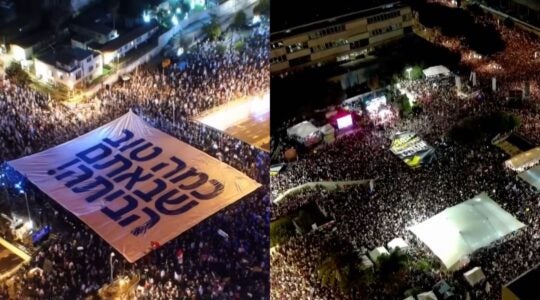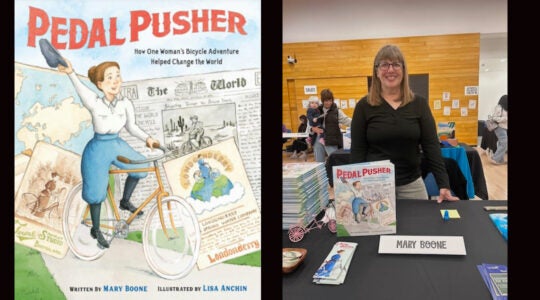Historian Arthur Hertzberg estimated that in the two decades between 1945 and 1965 one out of every three American Jews left the big cities for the suburbs.
This was a trend that occurred throughout the general population, but it was much more pronounced among Jews. Several factors contributed to the general migration: The post-war economic revival, the baby boom, and the desire for more space and privacy.
For many Jews, suburbanization offered a chance for assimilation. No longer crowded together in urban areas, Jewish suburbanites lived in places where most people were not Jews, local stores didn’t sell Jewish newspapers, synagogues were not numerous, and corned beef sandwiches were not readily available.
But overall, Jews still tended to cluster together in suburbia. One of the first analyses of the impact of suburbanization in America was Albert I. Gordon’s 1959 book Jews in Suburbia. Gordon had a Ph.D. in anthropology–and he was the rabbi of Temple Emanuel in Newton, MA. The town’s nickname at the time was “the garden city.” Some said this was because of its many parks. Others, however, claimed it was because there was a Rosenbloom on every corner.
JTA has documented Jewish history in real-time for over a century. Keep our journalism strong by joining us in supporting independent, award-winning reporting.





